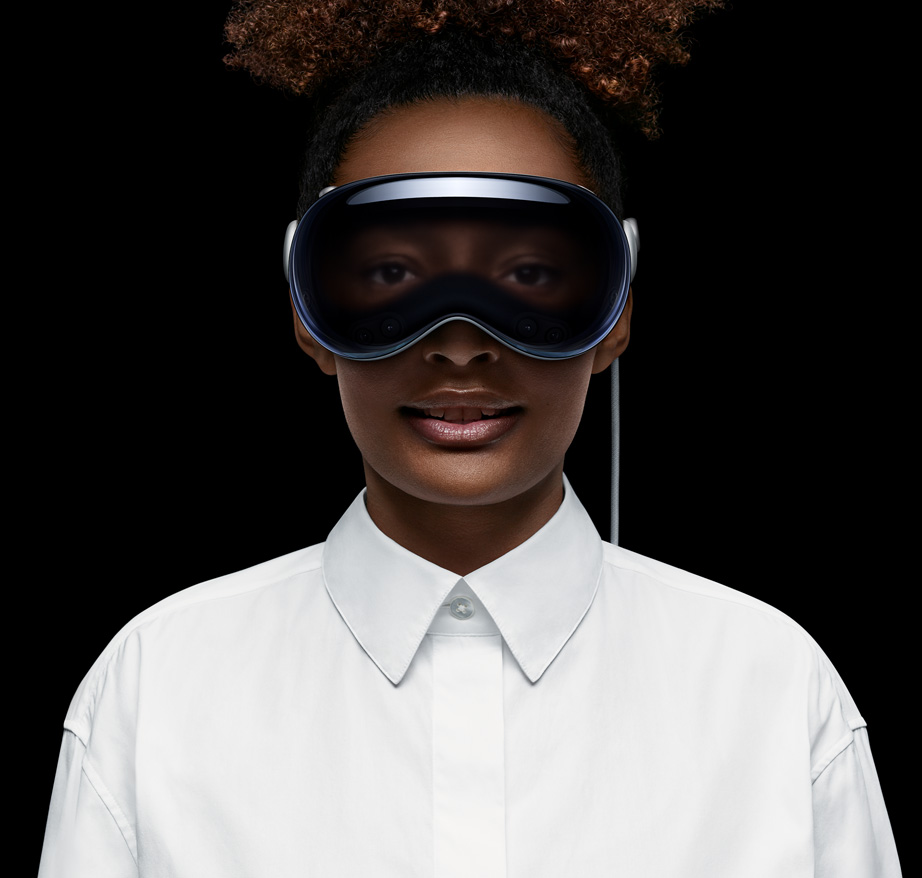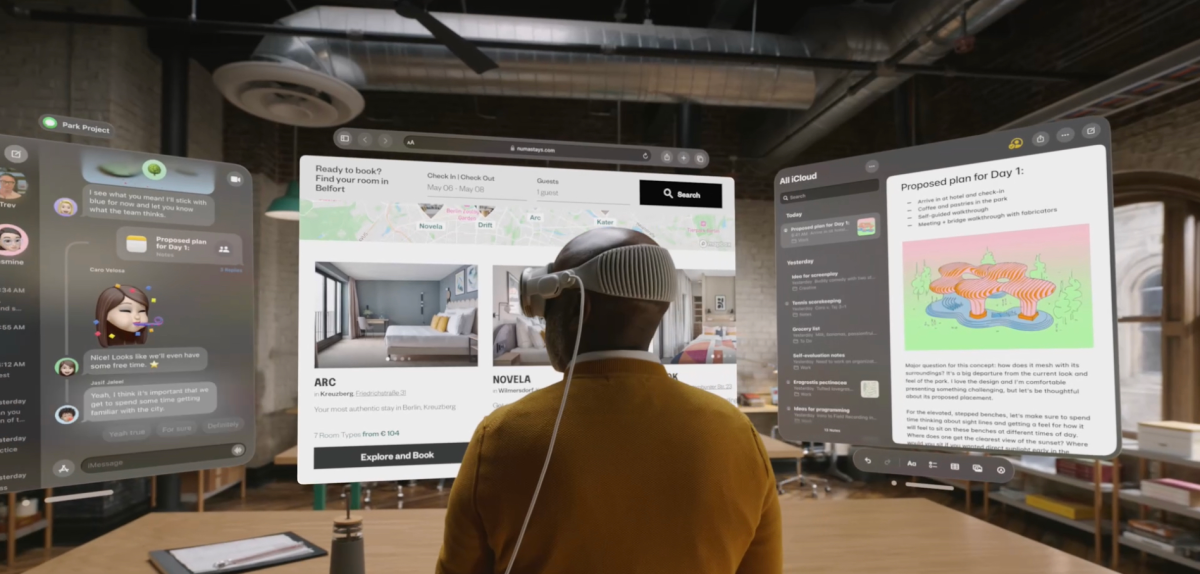You may be asking yourself what is augmented reality (AR) or how it differs from virtual reality (VR). Well in a nutshell the main difference between virtual reality (VR) and augmented reality (AR) is that VR immerses the user in a completely simulated, computer-generated environment, while AR overlays digital information onto the real world, enhancing the user’s perception of their surroundings.
Augmented reality (AR) can play a significant role in enhancing assistive technology by providing users with real-time information and interactive experiences that can improve their quality of life and independence. Here are several ways in which AR can help in the field of assistive technology:

- Visual Assistance: AR can assist individuals with visual impairments by overlaying digital information in the real world. For example, smart glasses or headsets can project text, object recognition, and navigation assistance directly onto the user’s field of view. This technology can help them read signs, recognize objects, navigate unfamiliar environments, and enhance their overall perception of the world.
- Prosthetics and Rehabilitation: AR can aid in the design, fitting, and training process for prosthetic limbs. By superimposing digital models onto the user’s body, clinicians and patients can visualize the alignment and fit of prosthetics more accurately. AR can also be used in rehabilitation exercises, providing real-time visual feedback and guidance to improve motor skills and movements.
- Cognitive Support: AR can assist individuals with cognitive impairments by providing context-specific prompts, reminders, and visual aids. For example, an AR application could display step-by-step instructions for completing daily tasks, such as cooking or personal hygiene, helping individuals with memory or executive function difficulties perform activities more independently.
- Communication and Social Interaction: AR can enhance communication for people with speech or hearing impairments. Real-time speech-to-text and text-to-speech conversion can be overlaid onto the user’s visual display, allowing for easier communication with others. Additionally, AR can facilitate social interactions by providing visual cues, emotion recognition, and language translation in real-time.
- Environmental Awareness and Safety: AR can enhance safety for individuals with mobility impairments. By using depth sensing and environmental mapping technologies, AR systems can provide real-time feedback on obstacles, hazards, or inaccessible areas, helping users navigate their surroundings safely and independently.
For more information contact us:

Comments are closed